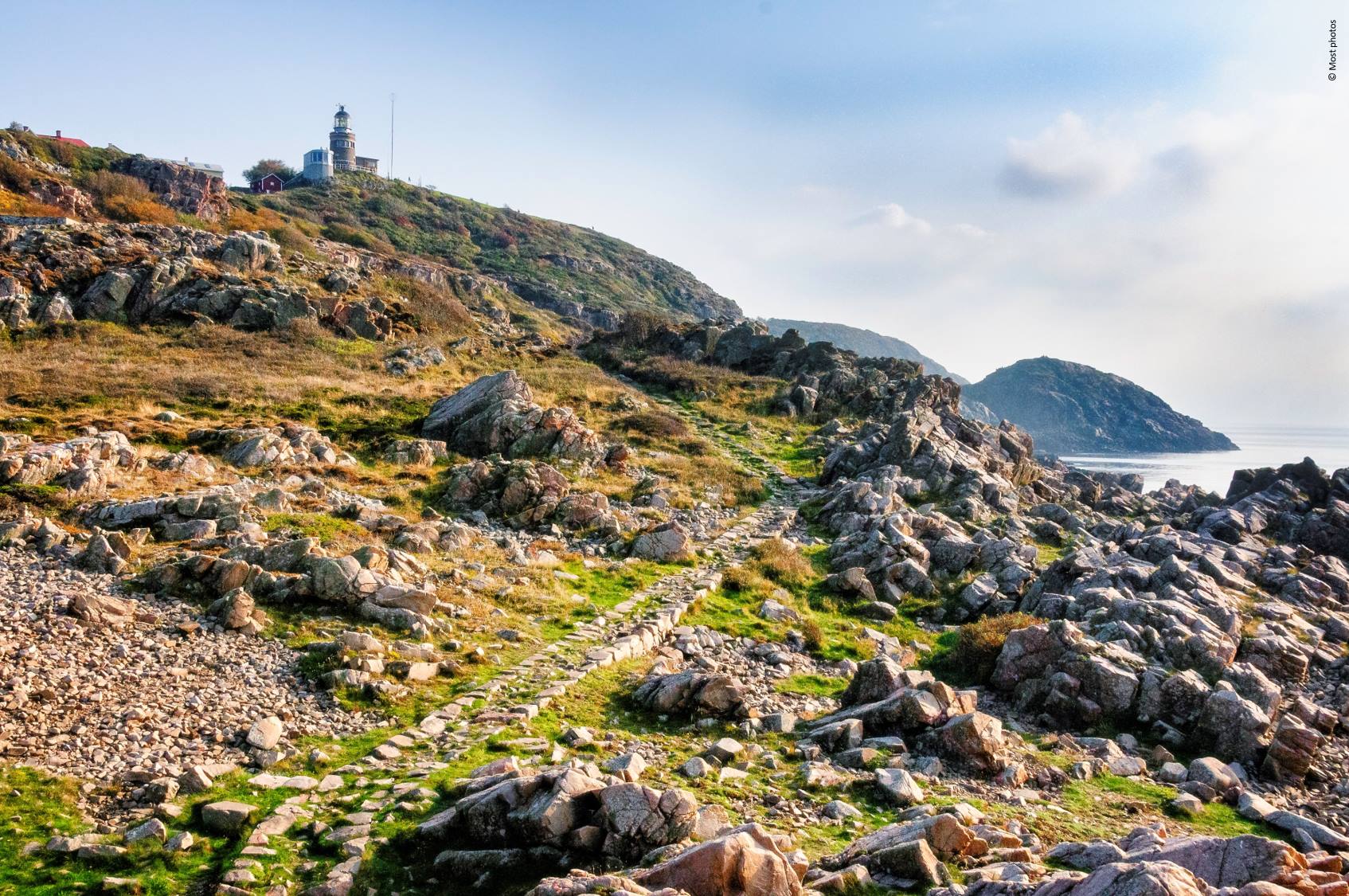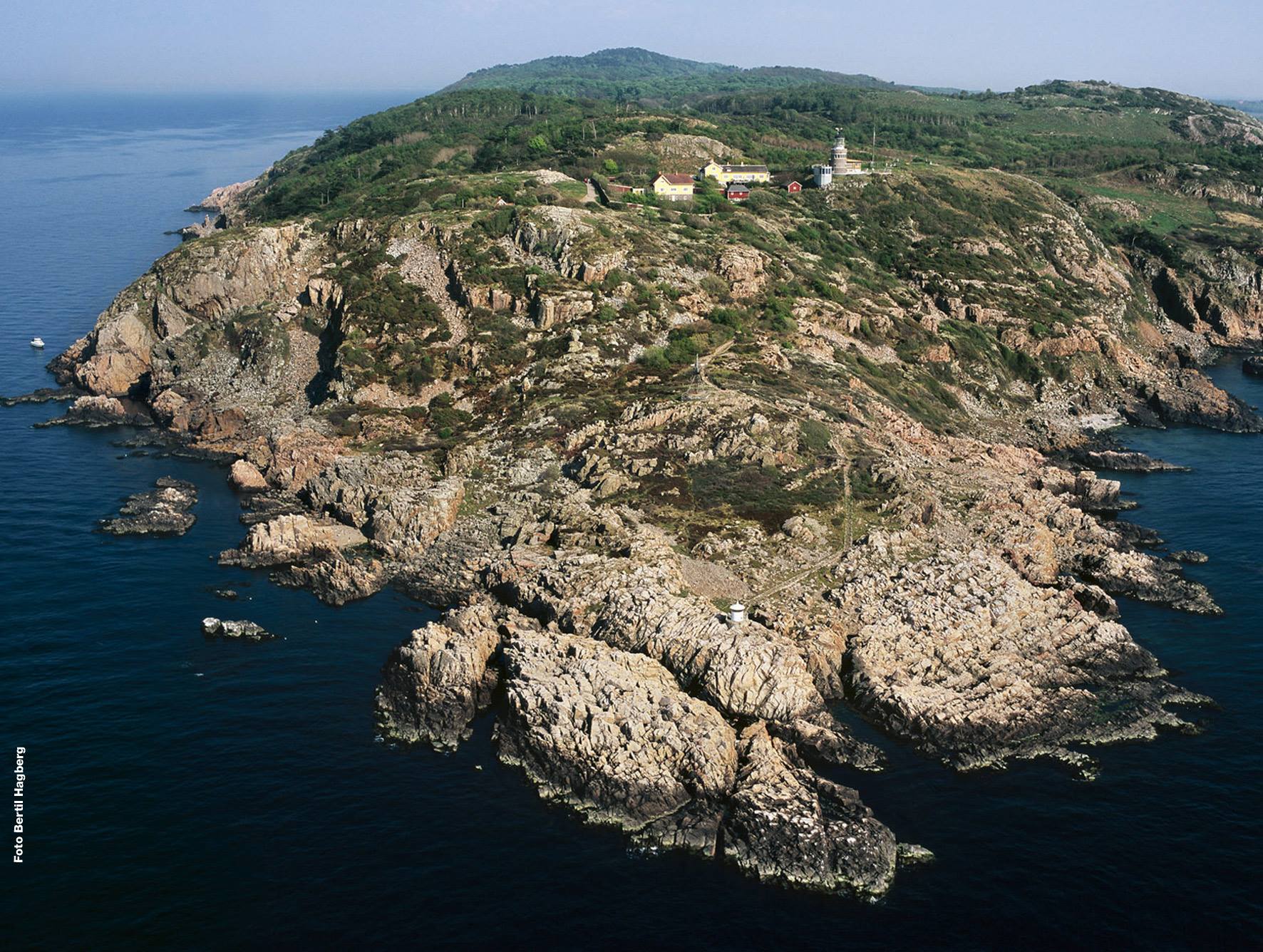Why should we become a Sustainable Destination? The answers from Kullaberg Nature Reserve
Kullaberg Nature Reserve, Sweden
The Kullaberg Nature Reserve is the first Swedish Park applying the methodology of the European Charter for Sustainable Tourism in Protected Areas (ECSTPA) in order to become a Sustainable Destination. If their evaluation is successful, they will be awarded in December 2017 at the EU Parliament, Brussels.
We wanted to know what drives a Protected Area to apply the Charter methodology, so we have asked Jimena Castillo, Environmental Projects Coordinator and responsible for the charter implementation in the Park, some interesting questions…
article issued by Jimena Castillo
We, at the Kullaberg Nature Reserve (Kullaberg), are lucky to live and work in a unique place… The Kullaberg is located in the northwest corner of Scania province in Sweden. The peninsula is surrounded by the mixed salt waters from Skagerraky and brackish waters of the Baltic Sea, which enables favorable conditions for the habitat of a unique marine and terrestrial flora and fauna. We are part of the Natura 2000 network, and, at the same time, a tourism hot spot during summertime, receiving over 500.000 visitors per year. Of course, it is challenging to balance our major task of biodiversity conservation with contrasting interests of multiple stakeholders in the area.
What motivated the Kullaberg to apply for the ECSTPA?
We experience crowding issues and inevitable conflicts between different visitors categories, local community, and businesses. We felt that there was a need for a tool that would lower the pressure on the environment and promote social resilience in and around Kullaberg, at the same time making this protected area a sustainable tourism destination. So after attending one of EUROPARC conferences a couple of years ago, we realized that the European Charter for Sustainable Tourism (ECSTPA) might be exactly the tool that we were looking for.
After careful consideration, we decided to give it a try! So, following good practices of many other protected areas in EU, Kullaberg Nature Reserve and the County Administrative Board of Scania have applied to become certified as a sustainable tourism destination.

How was the process so far?
Since we are the first destination in Sweden applying for ECSTPA, we, of course, faced several challenges along the way. People were suspicious about this idea at first, and it took us some time to educate, explain and localize the idea. We had to allocate proper resources within our team, be inventive in forming new partnerships, and create an inspiring vision for both stakeholders involved as well as general public. Now we have a “green light” from both local authorities and community.
The bright side of the process was the opportunity to raise awareness about the importance of sustainability and tourism management and at the same time the focus on improving human well-being.
With the establishment of the Tourism Forum and planning activities for the next five years, we substantially improved public participation and tried our best to bring all interested parties on board making the process as democratic as possible.
We feel that both Kullaberg Nature Reserve team and local community benefit greatly from participating in this process and we actually managed to come up with some great ideas for the next five years (period of certification 2017-21).
The certification process it´s been an eccentric journey for the working team. This journey gave me the opportunity to understand the environmental management from a holistic perspective, considering many social and economic factors. Daniel Åberg, the site manager, sees the Charter as an important tool to improve the cooperation with stakeholders and the community in order to have a more transparent management of the Nature Reserve.
Where do you expect to be in 5-years time?
We think about the Charter as a tool to contribute to local development through sustainable tourism management. But most importantly, it’s done for the local people who should become stewards of this destination. So in five-years time we hope to have substantially improved tourism management system maintained by the local community. Also, in case of the success of the ECST in Kullaberg, it would be great to replicate the scheme in other protected areas in Sweden, thus contributing to sustainable development on a national scale.

Kullaberg Nature Reserve, Sweden
about the author
Jimena Castillo has been working in Kullaberg since 2012. She became interested in the Charter during the 2014 EUROPARC conference (Ireland) where she participated in a workshop about the Charter experience in La Garrotxa Volcanic Zone Natural Park. It was during the same conference that she had the opportunity to meet the director of EUROPARC Spain, Marta Múgica. They decided to establish a cooperation work in 2015, due to the Spanish section experience in the ECST – this cooperation has been essential in order to accomplish all the procedures to become a sustainable tourism destination.